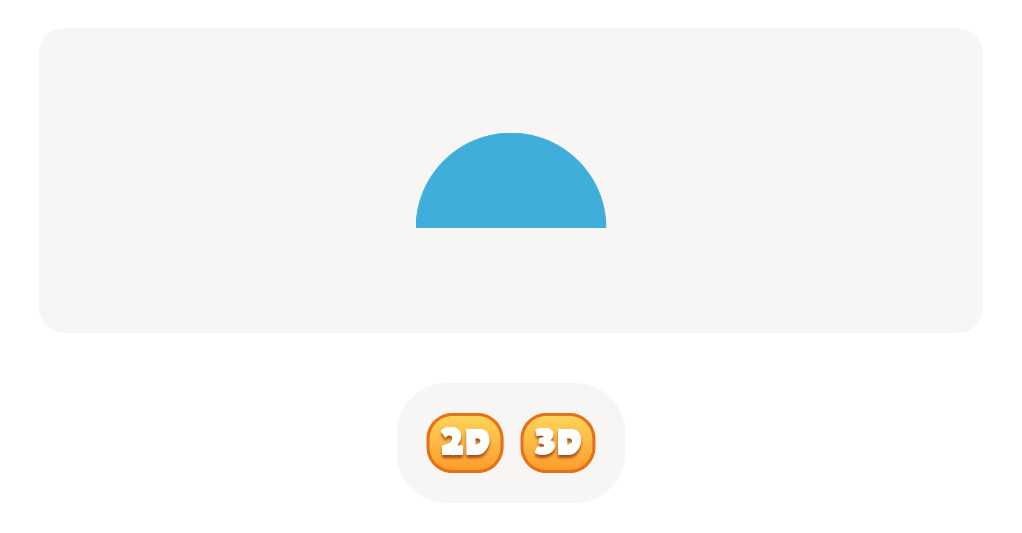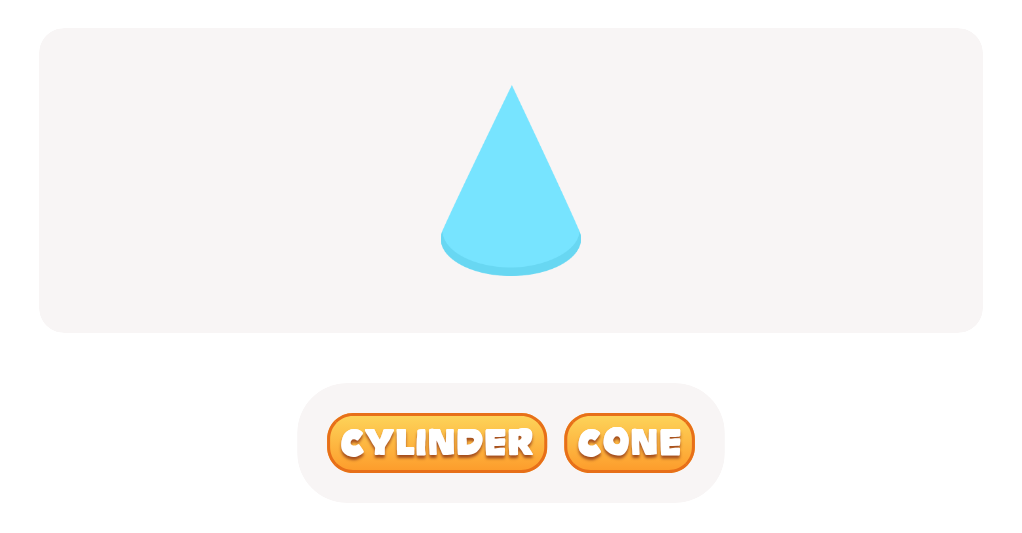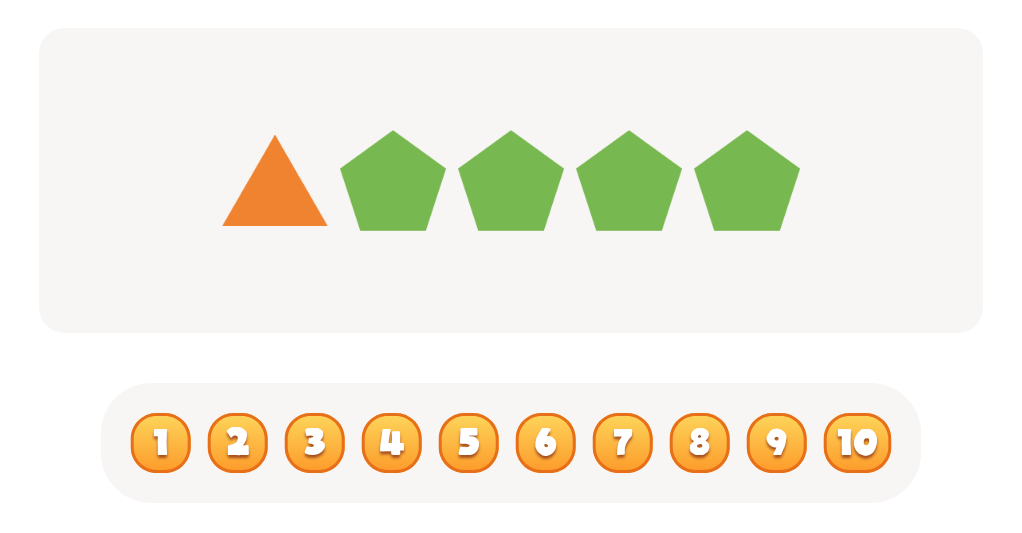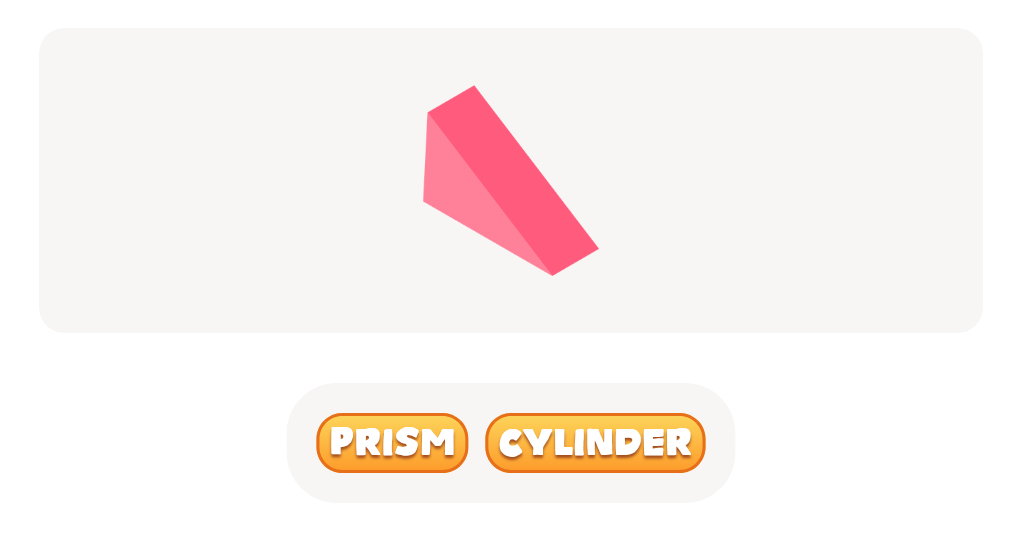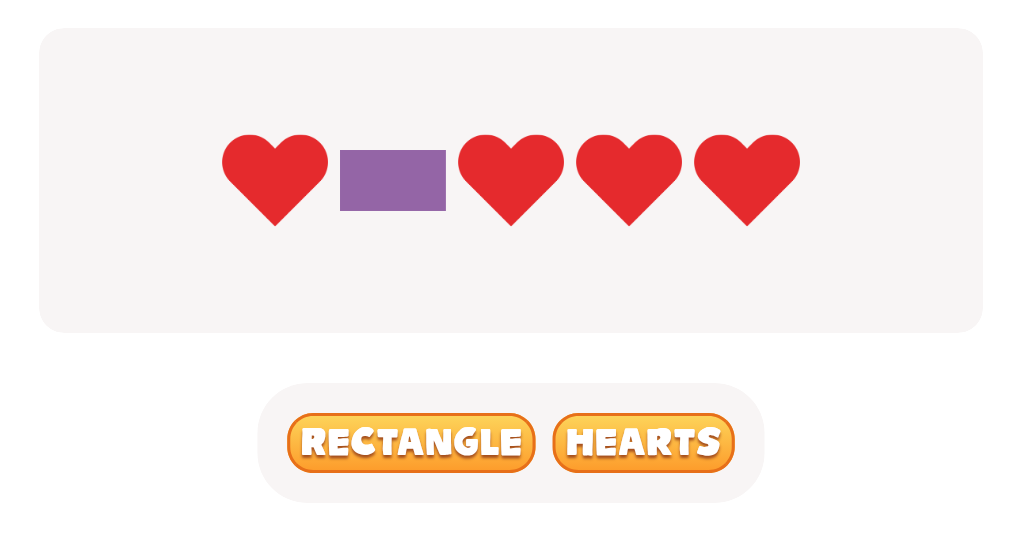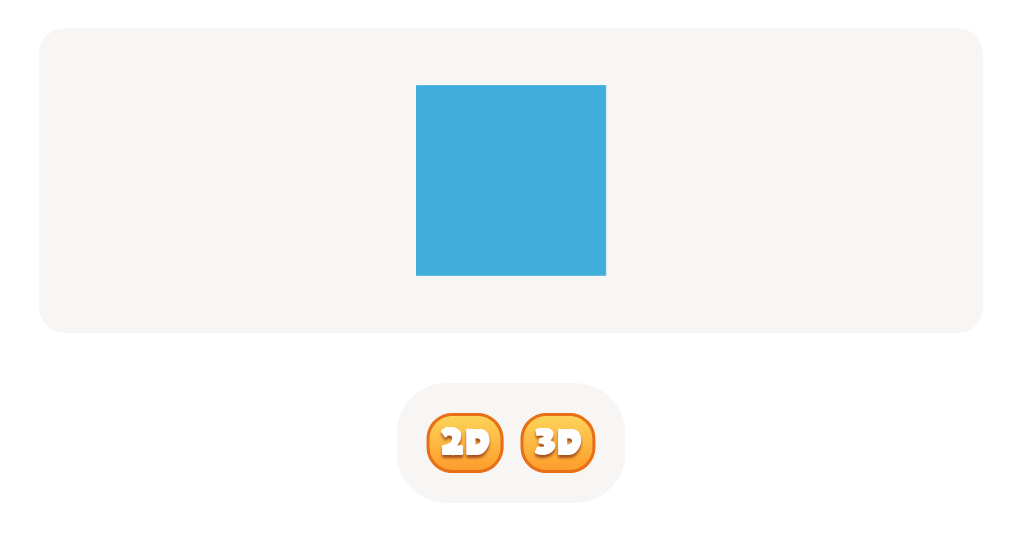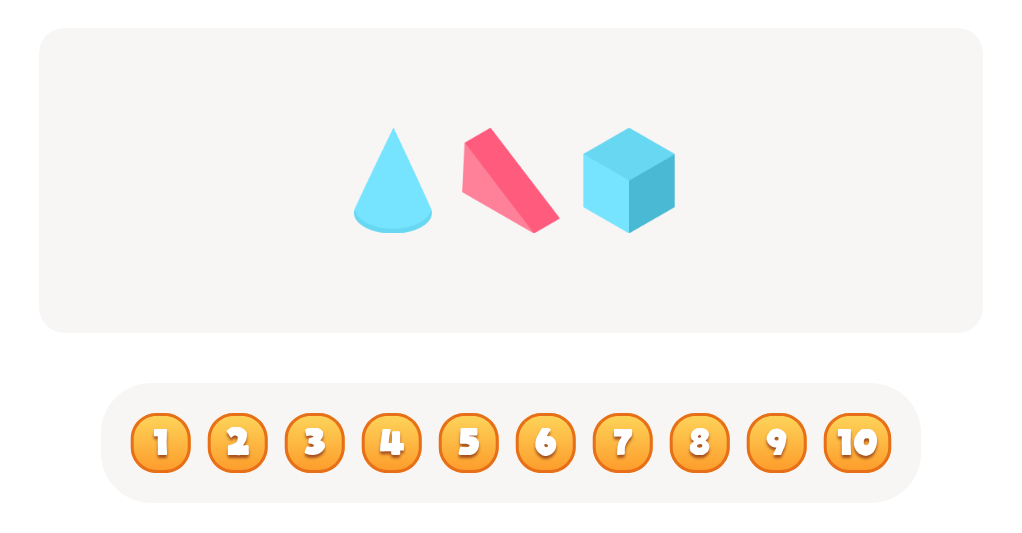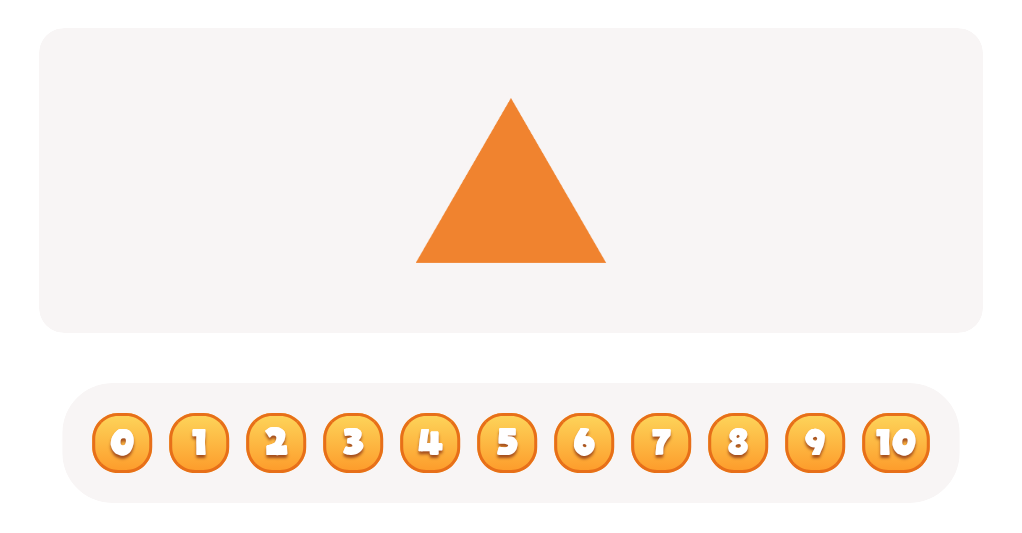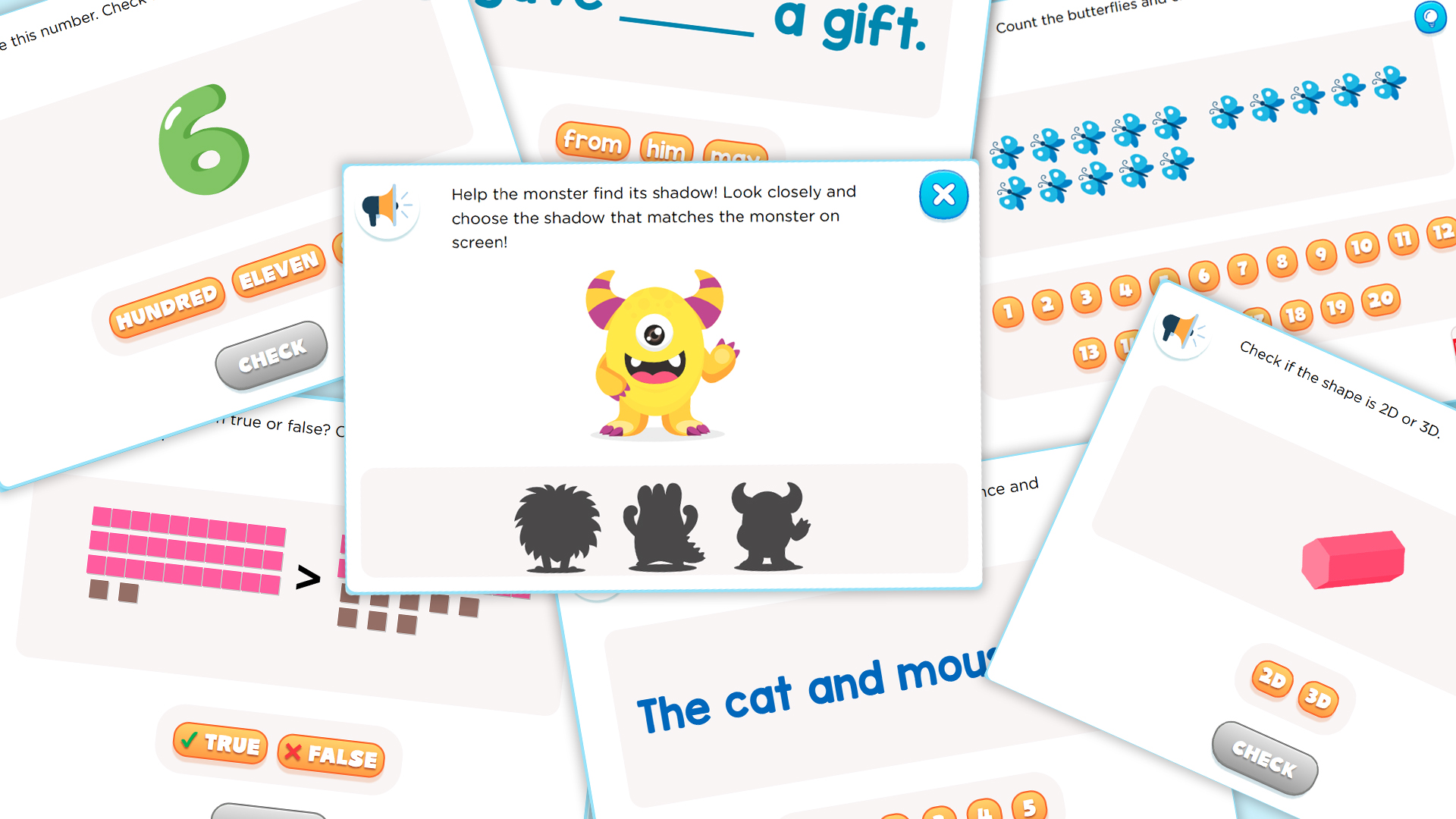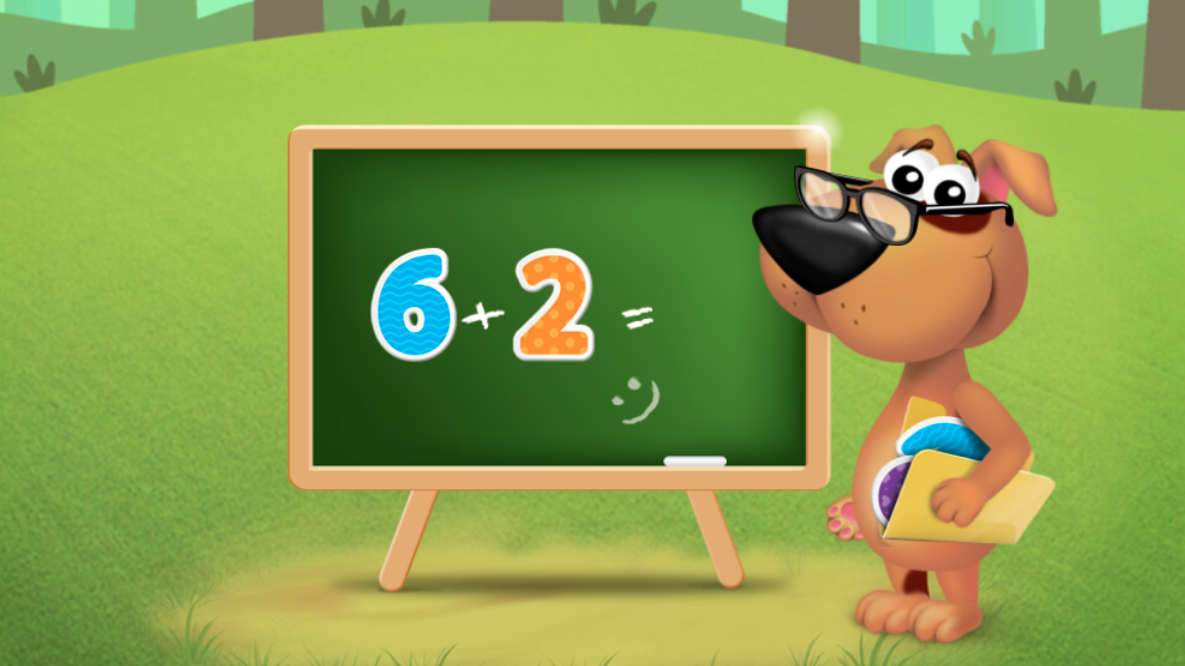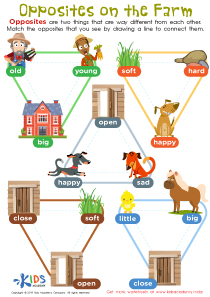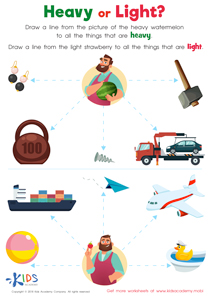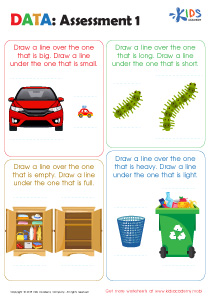Visual perception Normal Geometry Worksheets for Ages 5-7
3 filtered results
-
From - To
Unlock the world of shapes for your little learners with our Visual Perception Normal Geometry Worksheets, designed for ages 5-7! Our expertly crafted worksheets focus on enhancing visual perception skills, critical for early math success. Through engaging activities, children will explore shapes, patterns, and spatial reasoning, forming a solid foundation in geometry. These printable resources ensure that learning remains fun and interactive, helping young learners recognize shapes in their environment and enhancing their problem-solving abilities. Ideal for both classroom and homeschool settings, our worksheets support your child's learning journey by stimulating their natural curiosity about the world around them.
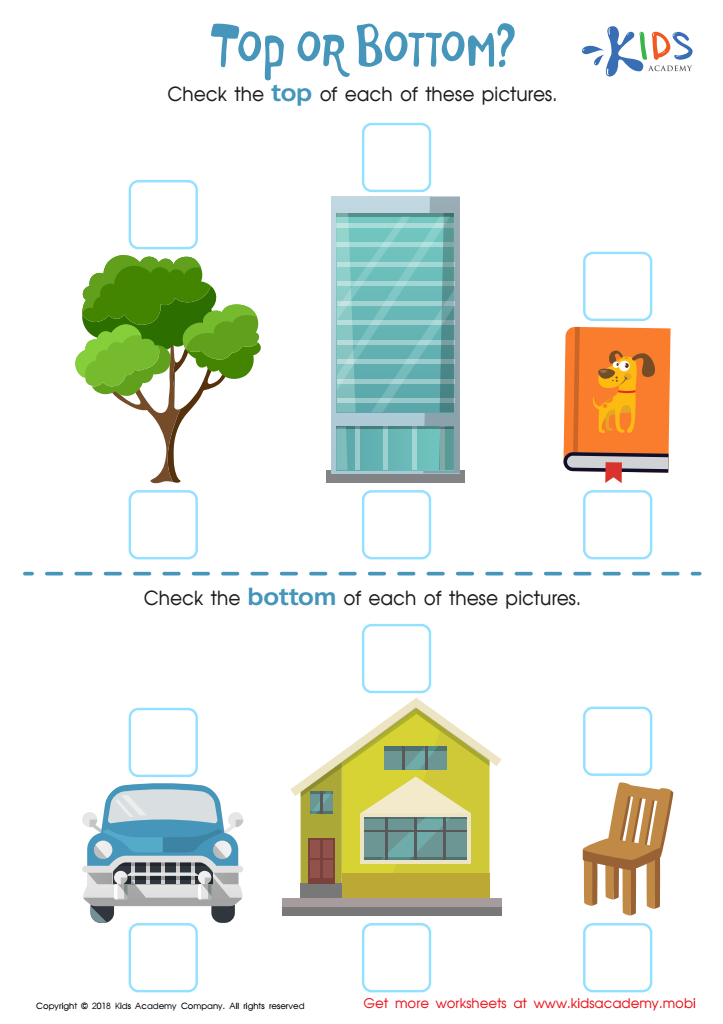

Top or Bottom Worksheet
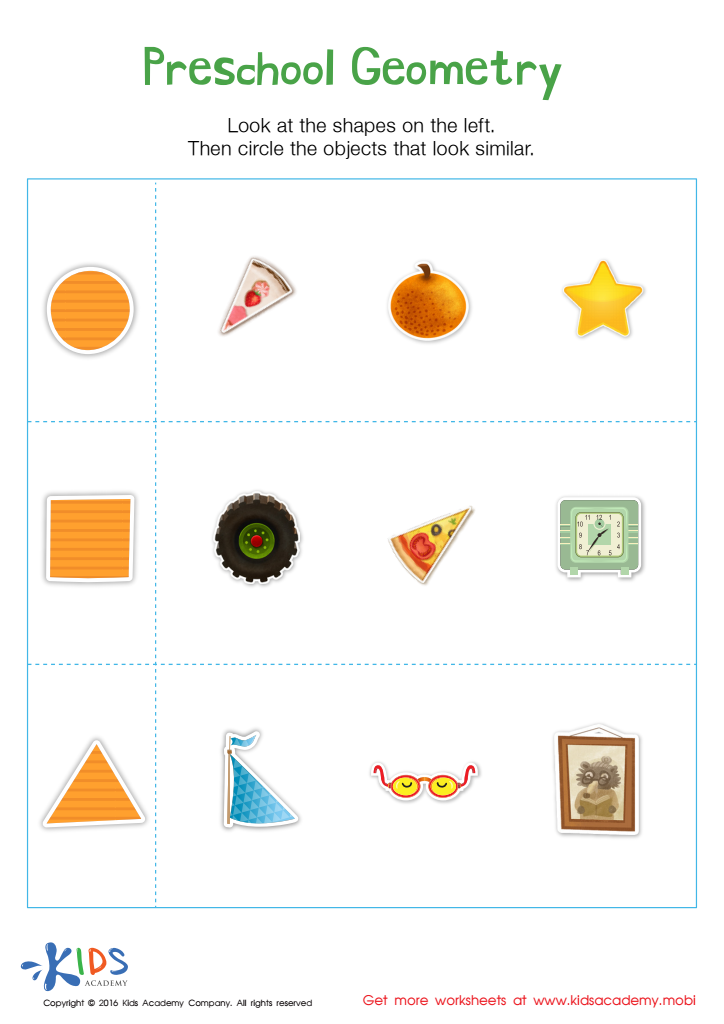

Preschool Geometry Match Up Worksheet
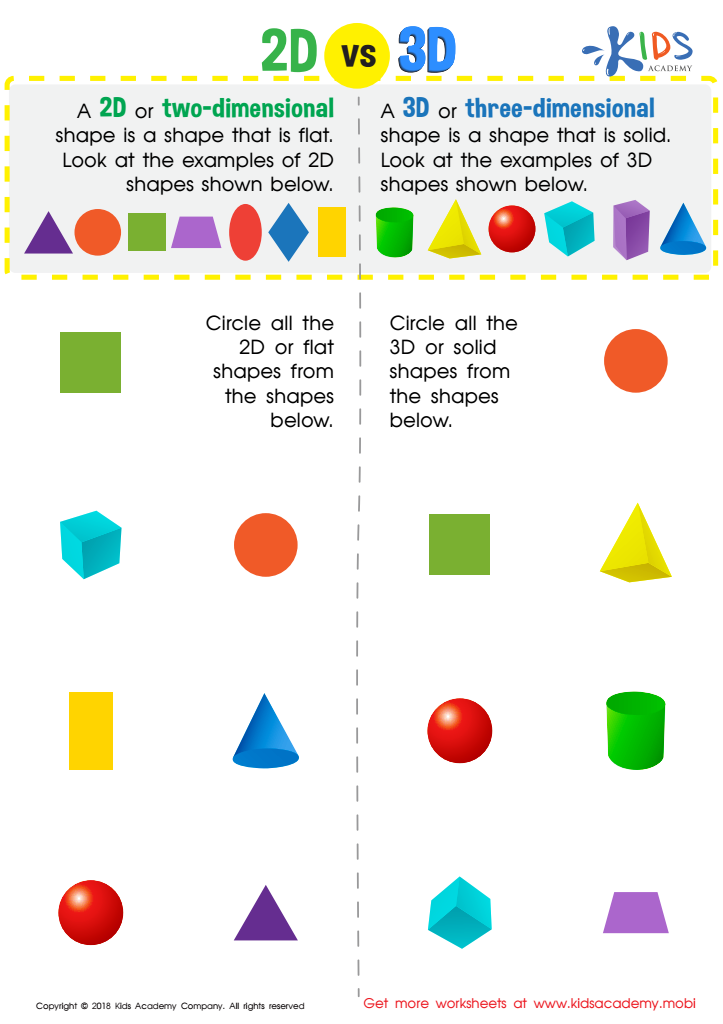

2D vs 3D Shapes Worksheet
Visual perception refers to the brain's ability to interpret and make sense of visual information from the environment. For children ages 5-7, developing skills in visual perception, particularly in the realm of normal geometry, is crucial for several reasons.
Firstly, visual perception in geometry helps children understand spatial relationships. When kids work with shapes and figures, they begin to grasp concepts like above, below, next to, and inside, which are fundamental for everyday tasks and future learning in subjects like math and science.
Secondly, enhancing visual perception contributes to better handwriting and reading skills. Recognizing shapes, sizes, and differences in geometric figures improves a child's ability to distinguish letters and words from one another, directly impacting literacy.
Additionally, engaging in geometric activities strengthens problem-solving and critical thinking. Children learn to visualize and manipulate objects in their minds, a skill that extends beyond academics to real-world problem-solving scenarios.
Lastly, through the early introduction of geometric concepts, children gain a sense of accomplishment and joy in learning. This fosters a positive attitude toward math and encourages continued interest in the subject.
Therefore, parents and teachers should prioritize visual perception in normal geometry for young learners to support their overall cognitive development, academic proficiency, and confidence in learning.
 Assign to My Students
Assign to My Students
